Rust Be Gone: DIY Methods for Corrosion and Rust Prevention on Off-Road Vehicles
Rust Be Gone: DIY Methods for Corrosion and Rust Prevention on Off-Road Vehicles
These days it seems there are endless resources available, paid and free, that help you select the best equipment for your off-road vehicle. Whether you’re trying to decide on the proper tires for rock crawling or the proper spork for eating, you can find the information you need. One of the primary items on the Overland agenda that’s commonly overlooked though, is corrosion and rust prevention. Today we’re going to touch on some of the corrosion problems that may plague your vehicle and what we can do to prevent them.
How it Works
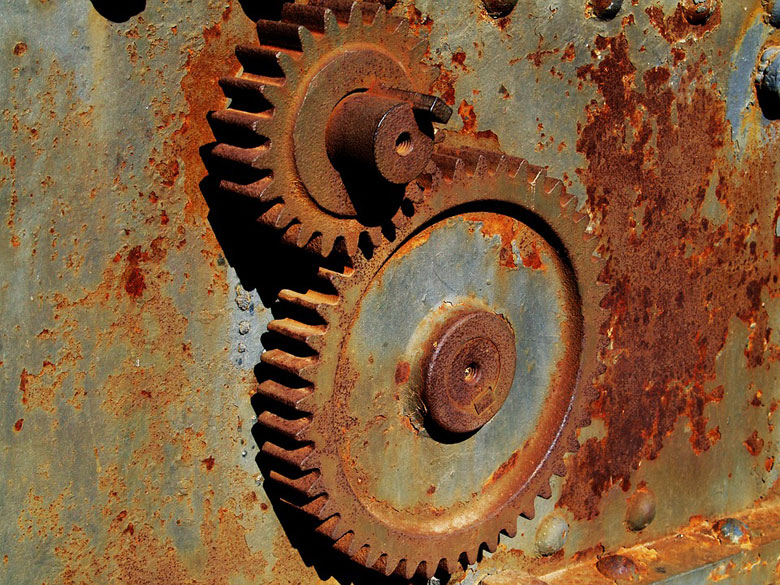
Rust is the colloquial name given to Iron Oxide, but there’s a good chance you already knew that. In fact, I’m convinced there are no people on this planet that would struggle to identify rust if they were asked to. Corrosion is essentially the same as rust, but the base metal reacting to the elements is a different compound. For the sake of simplicity, iron and steel rust, while copper and aluminum corrode. All metals will form this oxide layer when given enough time and exposure to the elements. Three things are needed to form an oxide layer; water, oxygen and a reactive metal. The very air we breathe contains the necessary elements to contribute to the oxidation of metals, however we don’t typically see advanced stages of this problem in drier climates. This is why it’s a good idea to buy your used cars from West Texas and South Utah.
Certain metals will rust or corrode faster. For instance, iron or steel (like the kinds found in the frame of your vehicle) will react much faster if left unprotected from the elements. Aluminum doesn’t typically corrode as quickly, since the oxide layer acts as a barrier to further corrosion once it’s reacted. To give you an idea of how readily these ions can react, consider the phenomenon of “cold welding.”
First observed by NASA, cold welding is where two metals of the same composition are cleaned and placed against each other in a vacuum. Since the clean surfaces have fewer molecules of air and contaminant between them, the atoms in the metals begin to fuse the materials together. This happens as the atoms begin to occupy space within the corresponding pieces of metal. To combat this, NASA uses dissimilar metals and layers of grease on their spacecraft doors and other surfaces that may contact each other.
Something else to consider is how electrolytes will rapidly accelerate the oxidation process. The acid from your car batteries can definitely cause problems if they leak, but there’s another electrolyte that we’re all familiar with, Sodium Chloride. That’s right, salt is public enemy number one, from the myth surrounding heart disease to chewing through your car’s poor frame and wheel bearings. A vehicle exposed to salt water from either the surf or the winter roadways demands constant and very thorough attention to avoid corrosion.
Do I Need to Worry About Rust?
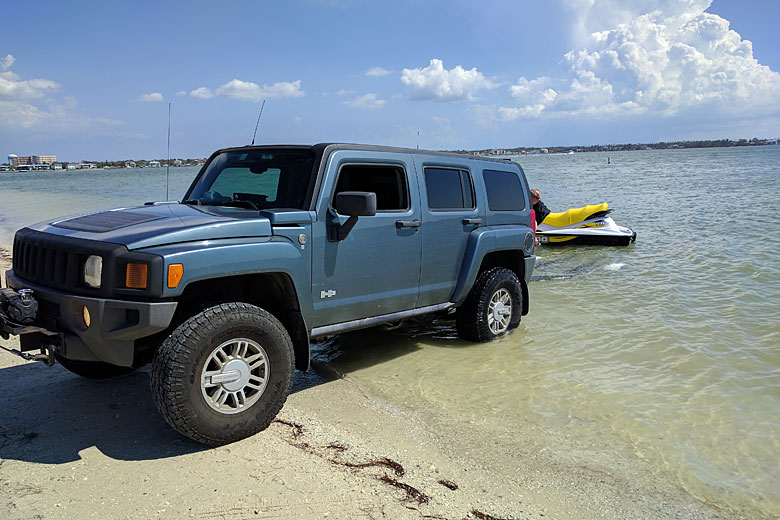
There are many people in our community that are fortunate and never have to worry about hardcore rust and corrosion. During our time in Florida, we regularly backed our jet skis into the salty water. Often times the truck would stay covered in this salty amalgamation of hate and destruction for 24-48 hours, given our schedules and activities. If we were lucky, we’d catch a heavy rainstorm in the evening to help rinse the salt off. If you’re driving your vehicle into the surf like this, there’s definitely a reason to be concerned about corrosion.
Anyone that lives in an environment that experiences heavy snow or ice during the winter knows how nasty things can get. When we lived in Utah, I purchased a membership to a local car wash and went through that bad boy 2-3 times per week. It didn’t help though, because I wasn’t taking the proper follow-up procedures.
The gist of this is basically yes. Almost everyone has to worry about rust and corrosion to some degree. If you live in Austin, Texas or Phoenix, Arizona though, you’re probably good for a while.
Taking the Fight to Rust and Corrosion
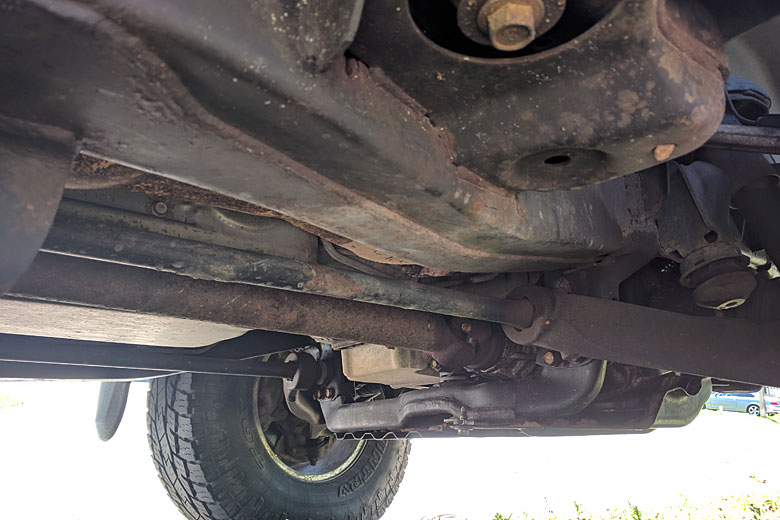
There are some pretty common methods for mitigating rust and corrosion that you can take advantage of. First and foremost would be the use of “marine” rated hardware whenever possible. Typically these components are made from stainless steel, which resists corrosion and rust by forming a very thin oxide layer on the surface. Obviously, this isn’t going to be an option for something like leaf springs or the frame of your vehicle, so let’s discuss ways to prevent or reverse rust damage on those.
The key to protecting your metals is to separate them from air and water. That’s pretty straight-forward and there are various methods available to consumers. I’m not going to get into how to galvanize or powder coat metals here. There are DIY kits available through a quick internet search, but they’re beyond the scope of this article. We’re going to cover the simpler items that are available to all consumers of varying skill levels.
Paint
Quite simply, one of the best things you can do for your vehicle is to paint over the exposed metal on your undercarriage. There are a variety of “rattle can” engine and drivetrain paints available for exactly this purpose. I use CLR or LimeAway to clean up the rust spots first. A wire brush helps break up the loose stuff and then I hit it with a coat of paint. While you’re down there, feel free to tape off or remove any accent pieces so you can add a bit of extra color to them.
Getting the frame rails and suspension components of your vehicle clean and painted is one of the best ways to keep it both looking good and performing well for many years. Painting should be done about once per year, depending on how often you expose your vehicle to the really bad stuff.
One of the other things my truck gets quite often is a sort of spot treatment with clear coat.
I really like my truck and I’m very happy with its aesthetic appearance and leather seats, but I can’t keep up with the knicks and dings that happen all over the bodywork. Pinstriping from trees and bushes can be cleaned up with a polishing compound and some wax. The problem here is that repeated buffing over years of abuse can cause the paint of your vehicle to fade or flake.
Whenever I do something stupid and cause a mark that exposes bare metal, I make a point to hit it with a simple enamel clear coat as soon as I have the opportunity. This is common on the top of the truck where I tend to set things like cast iron skillets and our ax. I know better, but it’s also a truck built for exploration.
Eventually, your alloy wheels will begin to corrode and will become flaked or pitted. One of the most successful methods for restoring these wheels is to wire brush the corrosion off and then use Plasti-Dip to clean up the appearance. Wheel paint is also a good choice, but it won’t hide the pitting as well.
Oil and Other Chemicals
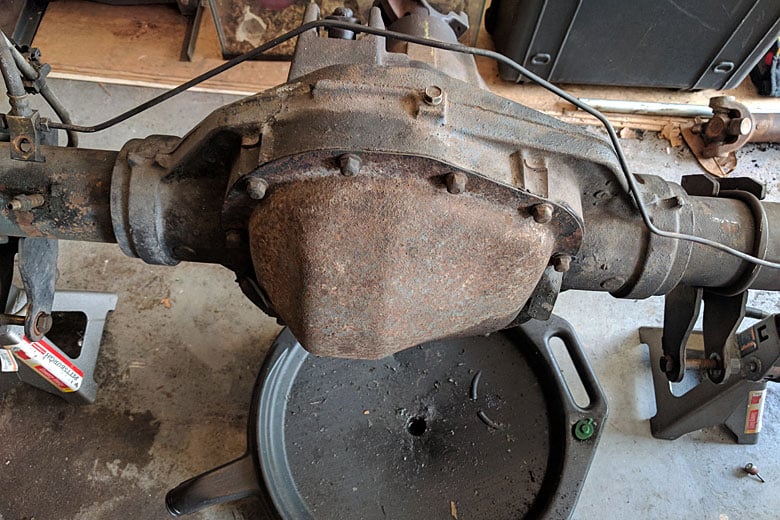
Personally, I use gallons of a chemical called CorrosionX from Corrosion Technologies USA. You can buy the stuff on Amazon or direct from their website. I wouldn’t put a lot of hope into their customer service team if you’ve got questions, but they make a damn good product. Also, no they didn’t give me anything to say that (I tried, believe me). There’s a reason they’re the only commercial product mentioned by name in the US Navy Rust and Corrosion Prevention Manual for several of their aircraft. I have witnessed miracles with this stuff and I tell everyone I know about it when the topic comes up.
I coat my truck’s undercarriage about once every two to three months, depending on how much time we spend on the water and it keeps everything looking nearly perfect. Corrosion Technologies sells a fogging system on their website that runs about a thousand bucks, but I’ve found an inexpensive paint sprayer and my air compressor works really well.
Some of the other options that work wonders are aerosol cans of silicone, motor oil, WD-40 and WD-40 Gel. Obviously you’ll want to avoid application of lubricants to your brake rotors/pads or any serpentine belts. Anything that requires friction to function properly is never a good candidate for oil or grease. Also while we’re here, never oil your lug nuts or studs. You’re welcome.
To be totally honest, I use these items only when I either don’t want to set up my CorrosionX system or when I don’t have access to it for some reason. Most of these things are safe for electronics as well so there’s not much fear of damaging anything with them. One of the common recommendations for crossing deep water is to spray your distributor (if you still have one) and ECU harnesses with WD-40 right before the crossing. This helps prevent water incursion.
Just like salt, electricity will rapidly increase the rate at which oxide layers form, so this can save your harness plugs and your sanity later on.
As for grease, make sure you’re keeping up with the maintenance on the front end of your drivetrain. When it comes to tie rod ends and ball joints, they’re massively susceptible to rust and tend to create more problems if they’re left untreated for too long. It can get expensive to try to get a dealership or auto shop to maintain these items for you. The best thing is to learn where your grease points are and make sure you stay on top of that stuff so you don’t have big problems down the road.
Removing Rust
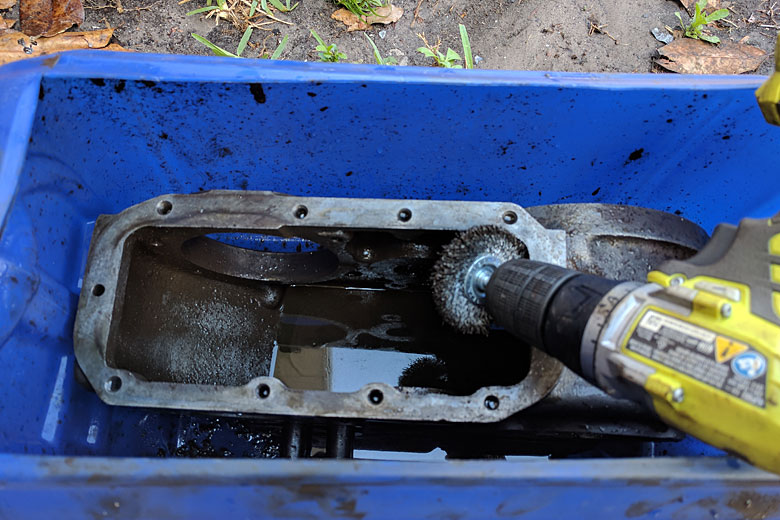
If you find a fool-proof method for removing rust without getting tennis elbow, let me know. There are a massive amount of chemicals out there that will convert rust back to I-don’t-know-what, but I haven’t had much success with them. I did mention earlier that I prefer CLR and LimeAway depending on my task at hand. If I need to soak parts, straight CLR is one of my go-to chemicals. It’s extremely potent and does really well in removing grime and rust from parts. It also seems to help with corroded aluminum, but that metal isn’t typically a problem.
One of the things that can be difficult to discern is when to paint vs. when to oil particular components. If we soak everything in WD-40 or CorrosionX, then the paint almost certainly won’t adhere to the metal. Using a spray of CLR and a wire brush can be tremendously helpful. Spray the area with CLR and let it soak. Hit it with a wire brush and then rinse it down with the water hose. After it dries, you can give it a couple coats of paint. If the parts are really nasty, the best thing to do may be to remove them and grab yourself some wire wheels, a grinder and a respirator to chew that rust off. This is a good time to mention that my favorite corrosion control brand up there also sells a rust converter/paint combo that seems to do a really good job. That might be a great option for some of your projects.
Rust and Corrosion Prevention
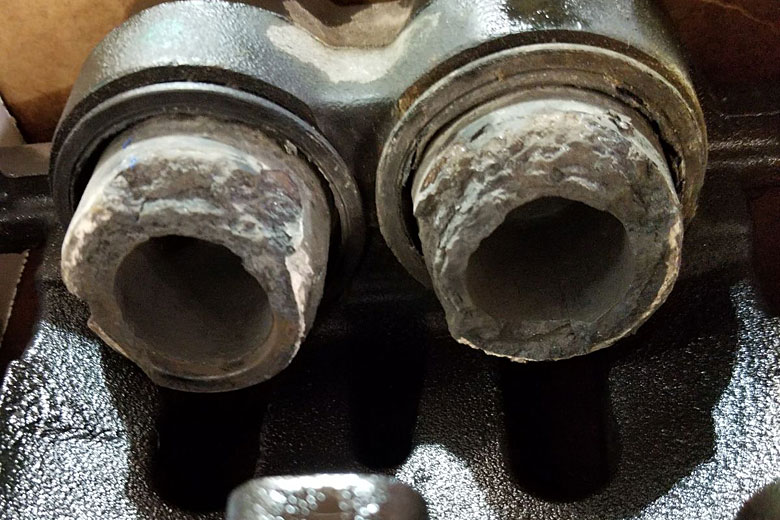
You can’t stop the natural progression of physics and chemistry. Metal is going to rust and there’s nothing you can do about that. However, we can control the rate at which that happens to an extreme degree. If you live in a dry climate like those out west, then you don’t have a lot to worry about, so long as you keep the vehicle clean. For the rest of the explorers that see their vehicles in all kinds of crazy environments, you just have to stay on top of it. Whenever your vehicle is exposed to salt water or treated icy roads, it’s best to get lots of fresh water into the tight spaces on your rig to get the really bad stuff out.
Also remember that if you frequent certain desert environments (like Moab) there’s a considerable amount of salt in the rock you’re driving on. Corrosion isn’t a huge problem, but it’s impressive what driving through a mud puddle after some rain storms will do to a truck in Moab. As a fun fact, the mountainous regions around Utah and Colorado were formed as the salt was eroded from beneath the surface and carried out to sea. Other minerals in the dirt can also play havoc on metal faces, so try to keep all that mud off the vehicle and make sure the moving parts are clean and free of debris.
Editor-in-Chief’s Note: Derek Gill has been a Plank Owner here at ITS from the beginning and has an extensive background in healthcare, pharmaceutical research and technical diving. He’s been certified in SCUBA since 2000 and diving technical/CCR since 2010. He speaks several languages including Russian and Spanish as well as several computer languages. These combined skills have opened the door to more creative ventures in Network Security and Physical Security consulting. Derek is a veteran of the US Navy and a former Navy Corpsman who worked alongside the US Marine Corps. His military nickname, “Witch Doctor,” has stuck with him ever since and it can now be found across many internet forums where he takes pride in trolling sensational zealots from multiple industries.






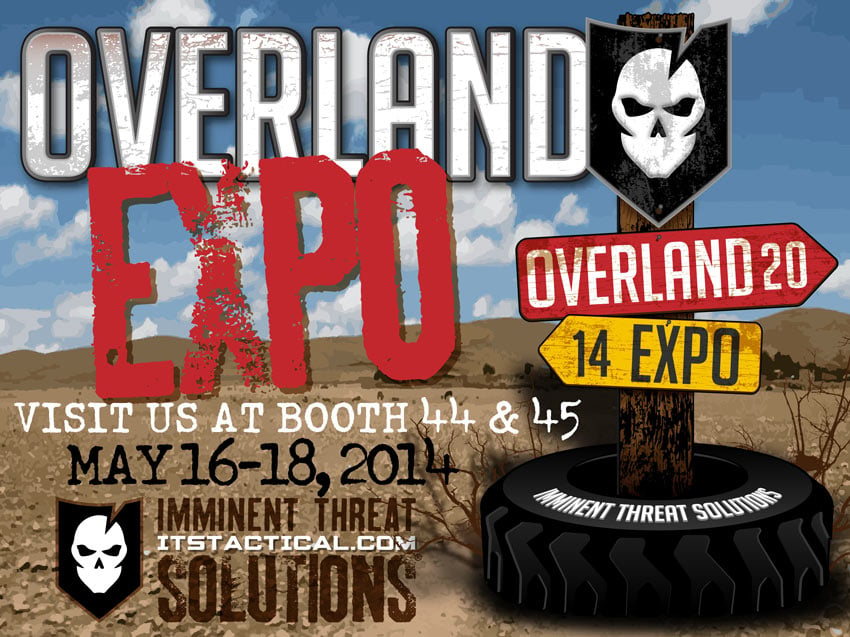
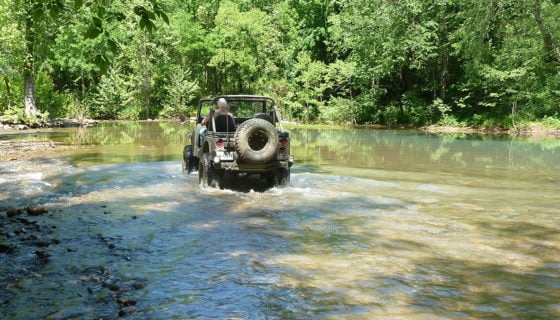
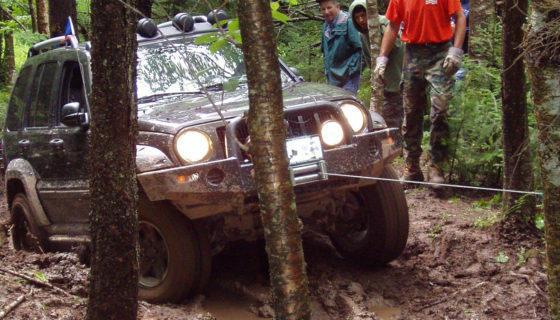
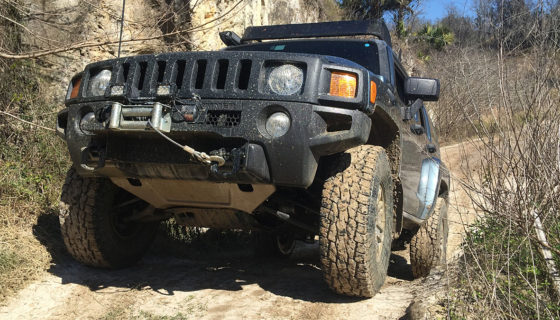

Discussion